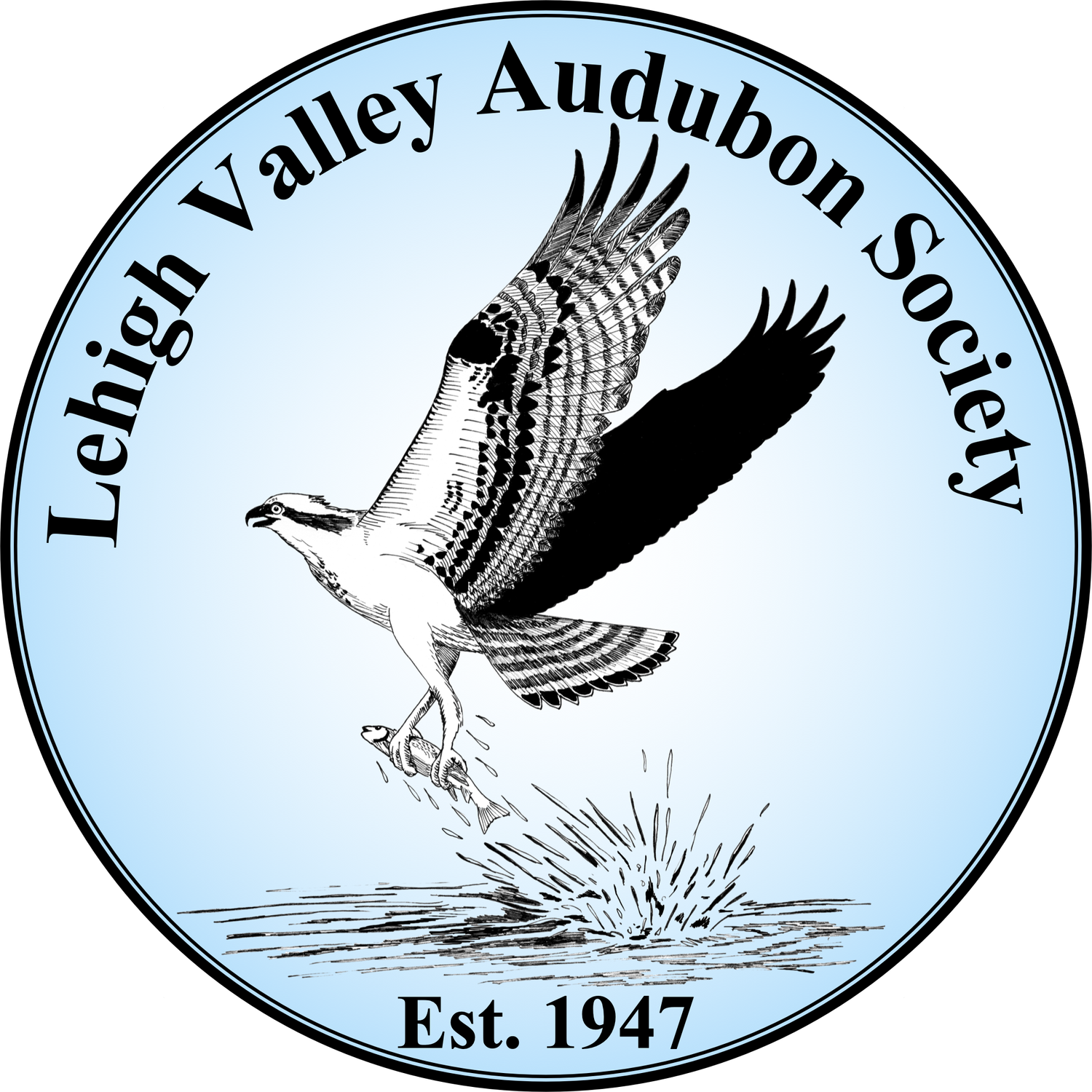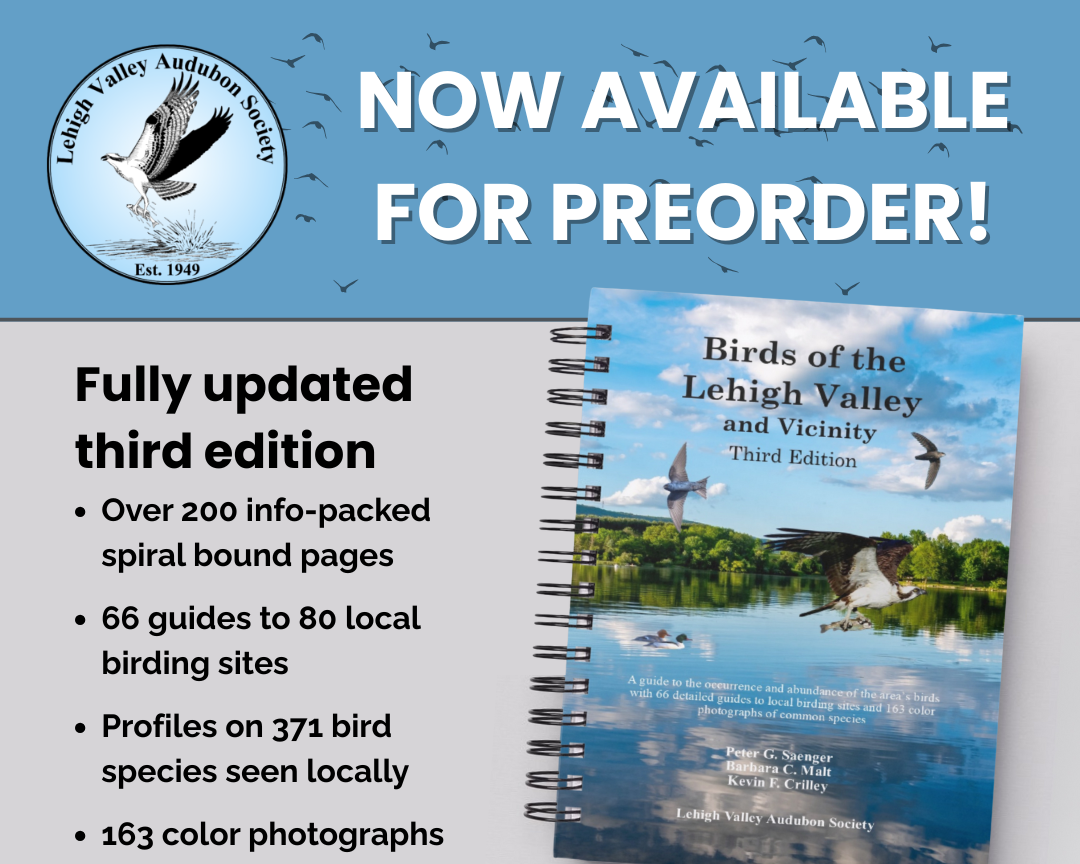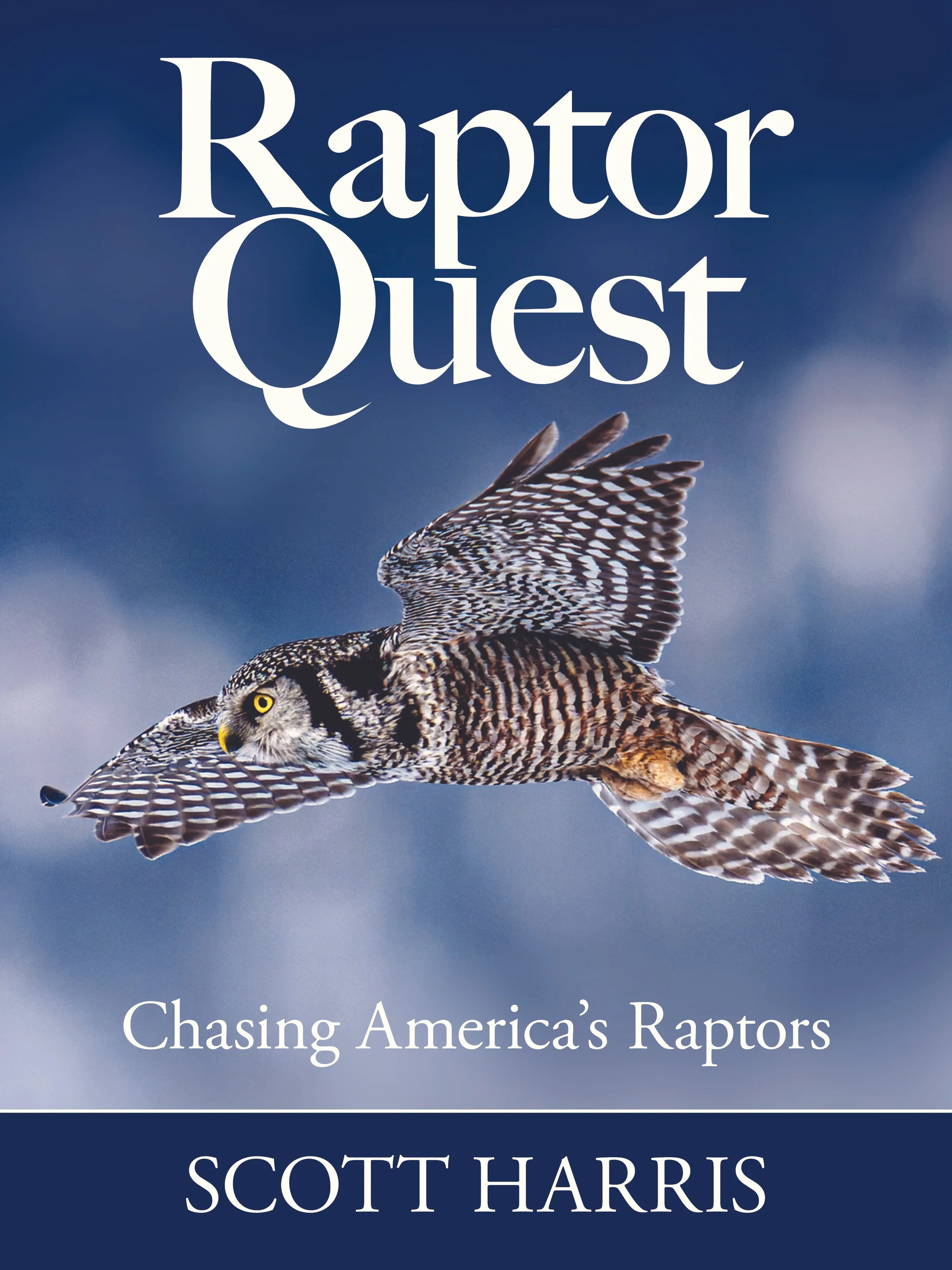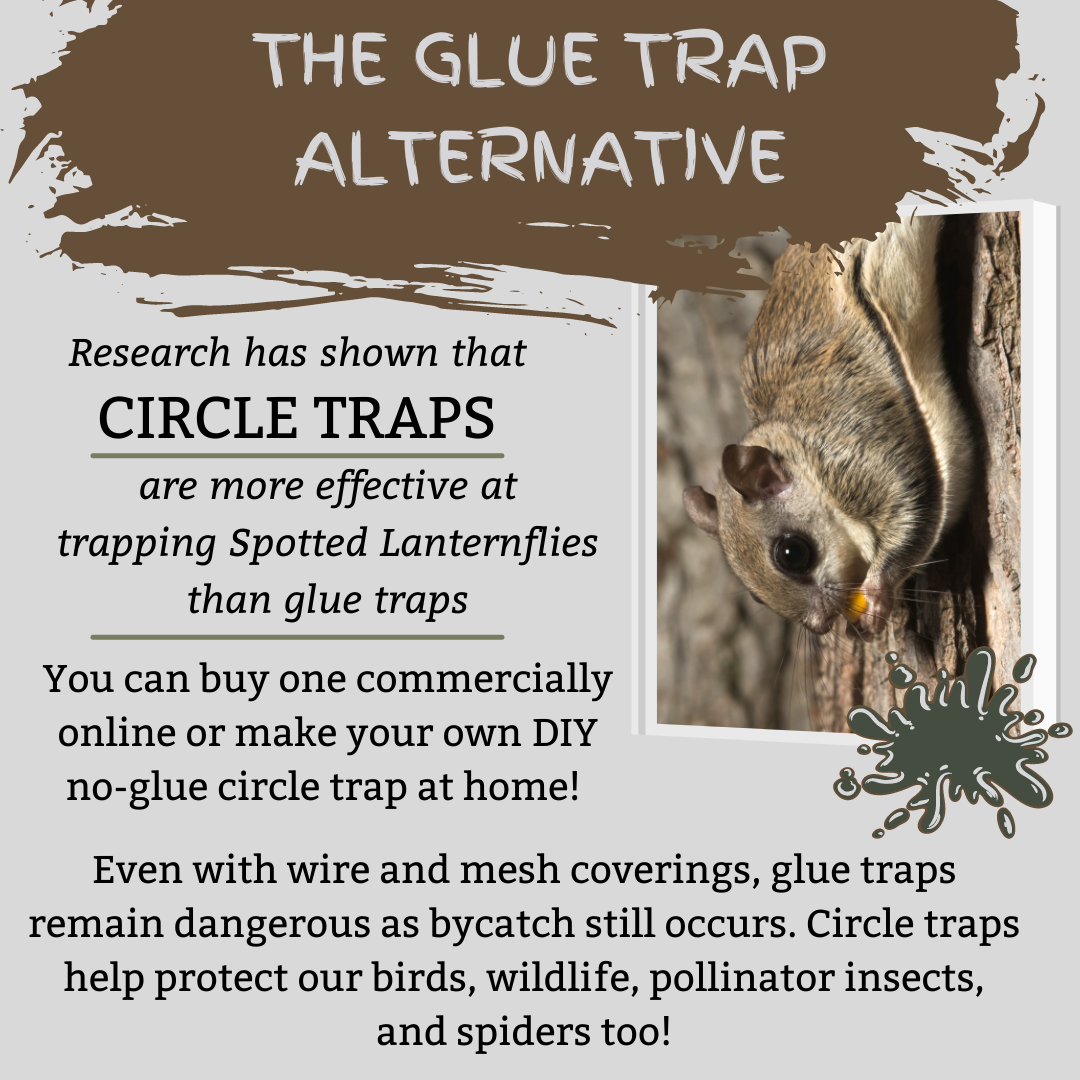As a start, call your member of Congress (in the Lehigh Valley, that’s Ryan Mackenzie, (202) 225-6411) and your two Senators (in PA, that’s John Fetterman, (202) 224-4254 and Dave McCormick, 202-224-6324). Ask them (or their voicemail ) to preserve – not cut! – funding for programs that protect the environment, support clean energy, and maintain our National Parks, National Forests, National Wildlife Refuges and other key bird habitats.
THE HOUSE IS EXPECTED TO VOTE ON A BUDGET RESOLUTION THIS WEEK (Feb. 24-28), SO CALLS TO RYAN MACKENZIE SHOULD BE MADE ASAP!
You might also consider:
• Signing up for Audubon’s Action Network, at https://www.audubon.org/takeaction
• Visiting the advocacy page of the League of Conservation Voters, at https://www.lcv.org/get-involved/#take-action-online
• Calling your lawmakers on a regular basis. Other topics might include: asking that personnel fired from agencies such as the Environmental Protection Agency and the National Park Service be reinstated; opposing the undermining of the Migratory Bird Treaty Act and the Endangered Species Act; and opposing expanded drilling and mining on public lands, including species-rich habitats such as the Arctic National Wildlife Refuge.
Lastly, Lehigh Valley Audubon Society is considering creating a Rapid-Response team – bird/nature lovers interested in being contacted about time-sensitive environmental and bird-conservation-related issues, with suggested scripts for contacting lawmakers.
If you would be interested in participating – or have any questions or suggestions -- please send an email to conservation@lvaudubon.org.
If you’re not a member of our Community Chapter of Audubon, please join and/or volunteer to help with our ongoing Lehigh Valley preservation, advocacy, and education efforts.












